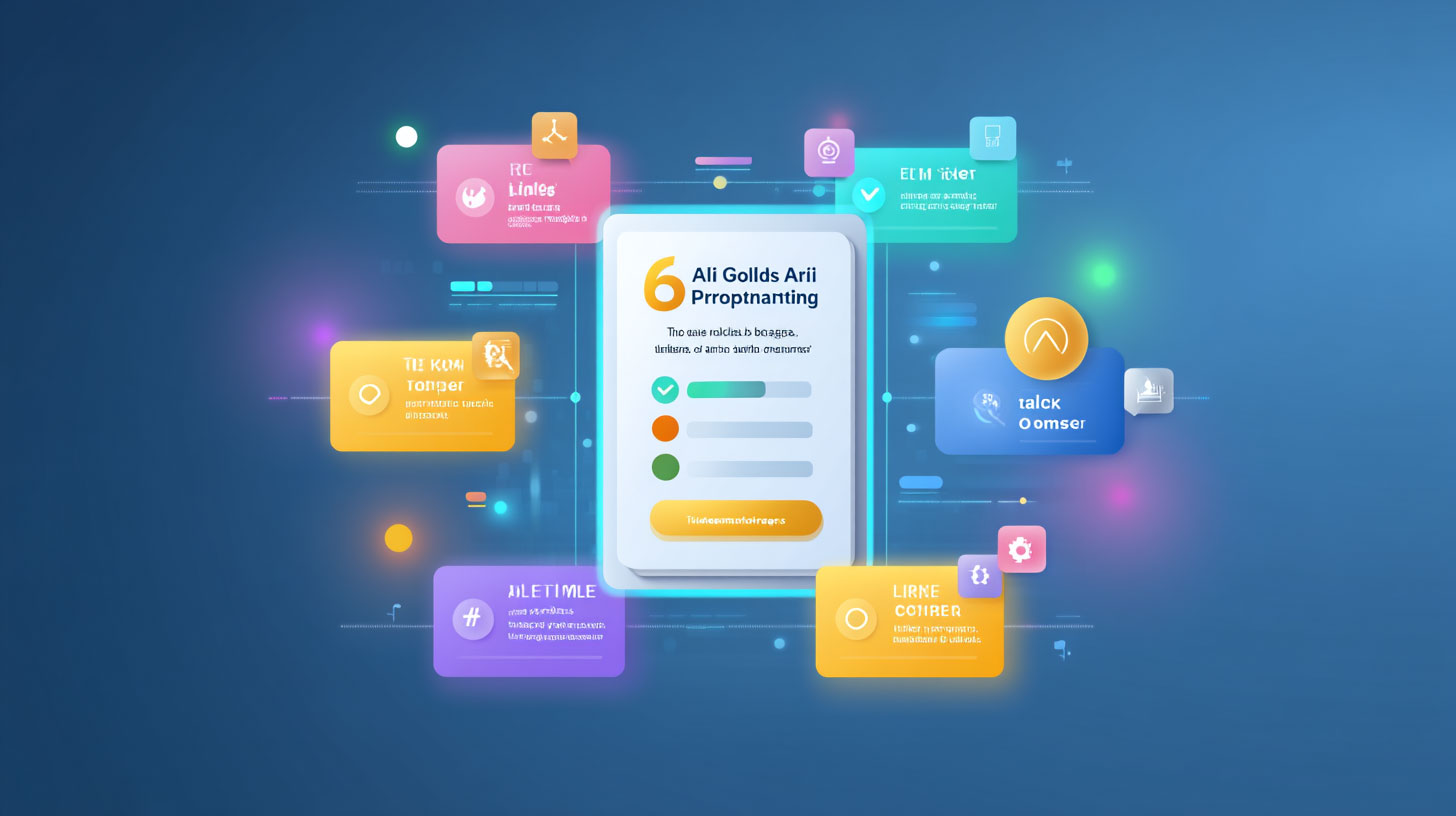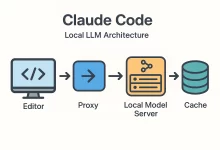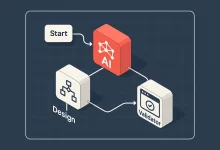Mastering AI Prompts: Google’s 6 Golden Rules for Effective AI Communication
Artificial intelligence has rapidly become an integral part of our digital lives, yet many users still struggle with writing effective prompts. According to industry insights, nearly 80% of users fail to clearly articulate their prompts, resulting in subpar AI outputs. Google’s recent white paper outlines six essential guidelines to ensure your AI conversations are precise, efficient, and effective.
1. Provide Examples for Clarity
When writing prompts, giving explicit examples is like handing the AI a detailed roadmap. Clear examples guide AI models toward generating accurate and stylistically appropriate responses, significantly improving the quality of their output.
2. Keep Prompts Direct and Simple
Avoid unnecessary greetings or pleasantries in prompts. OpenAI CEO Sam Altman highlights that conversational niceties cost AI companies millions annually. Streamlining your prompt directly with roles, locations, or clear tasks ensures concise and productive responses.
3. Be Detailed and Specific
Generic requests yield generic results. Precise and detailed descriptions in prompts allow AI to deliver tailored responses. Clearly specifying elements such as context, setting, attributes, or desired output format dramatically improves result accuracy.
4. Emphasize Positive Instructions Over Negative Constraints
Research indicates positive instructions (what you do want) work better than negative constraints (what you don’t want). Clearly defining desired outcomes fosters AI creativity, reserving negative constraints only for essential filtering or safety measures.
5. Control Output Length Explicitly
Controlling the token length of outputs can optimize efficiency and relevance. Specifying concise outputs, such as “Explain quantum mechanics in a single tweet,” helps ensure focused, cost-effective results.
6. Experiment With Different Prompt Styles
There’s no universally optimal prompt style—experimentation is crucial. Trying various formats (questions, statements, commands) and wording helps identify the most effective approach for specific AI models and tasks.

Professional Prompt Engineering: 5 Tips for Developers
Beyond user interactions, developers can further enhance prompt effectiveness by adopting these advanced practices:
-
Adapt Prompt Strategies to Model Updates
Stay current with AI model iterations. Prompt strategies must evolve with technology updates to maintain efficiency and accuracy. -
Utilize Variables Within Prompts
Incorporating variables makes prompts reusable and flexible, ideal for iterative adjustments and scalability. -
Include Multiple Examples for Classification Tasks
For effective few-shot learning, provide at least six varied examples to avoid biasing the AI toward example order rather than true classification criteria. -
Structure Inputs and Outputs in JSON Format
Using structured JSON formats for inputs and outputs ensures consistency, reduces errors, and simplifies integration into larger systems. -
Version Control for Prompt Iterations
Given the variability in AI responses, systematically tracking prompt revisions using version control systems helps document effective practices and simplifies future adjustments.
By integrating Google’s golden rules with advanced developer insights, users and developers alike can harness the full potential of AI. Effective prompt writing isn’t just a skill—it’s a foundational strategy for succeeding in the rapidly evolving AI landscape of 2025.

 FoxDoo Technology
FoxDoo Technology








